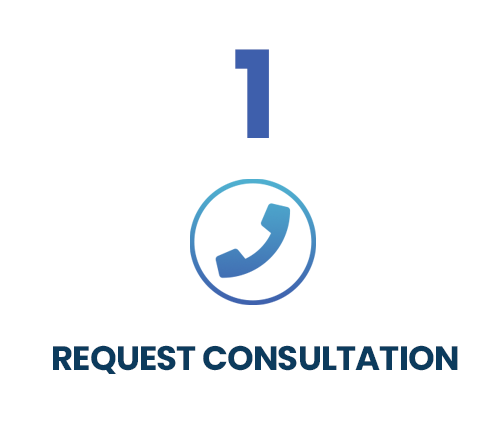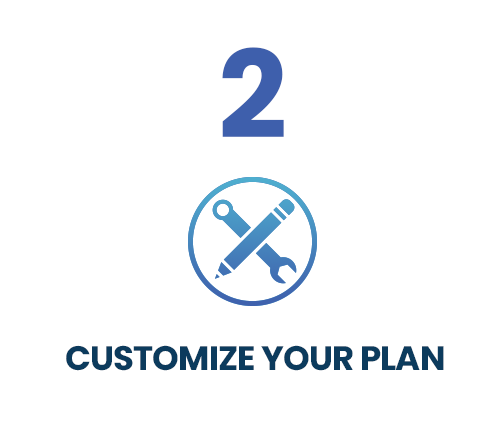Search engine optimization (SEO) is an incredibly effective marketing tactic that can provide great returns if executed correctly. However, SEO is often perceived as a silver bullet for business owners looking to drive traffic to their website and increase sales.
While SEO will do both of these things, it is much more effective when combined with a complete online marketing strategy, because the purpose of SEO is to drive quality traffic to a website.
SEO isn’t responsible for converting traffic into customers, and it isn’t responsible for encouraging repeat purchases. Yet, with complementary strategies in place to achieve these goals, the value of a new lead generated through SEO can be increased significantly.
Let’s explore this further.
The Foundation of a Conversion
SEO success is ultimately determined by conversions, and the foundation of a conversion is a great website that is professionally designed to engage visitors and convert them into a lead or sale, depending on the objective. If you execute your SEO strategy perfectly, but send traffic to a website that fails to convert the traffic it receives, much of that effort will go to waste.
Many businesses invest heavily in SEO but fail to invest in their website because they don’t understand the difference between traffic and conversions. Increased traffic is worthless without conversions. New customer acquisition relies on a combination of SEO and an industry-leading website.
The Value of Your Customer
If you’ve invested in both a great SEO campaign and a professional website that is highly effective in converting visitors into customers, you’re two-thirds of the way there. Now it’s time to retain those customers and incentivize them to make additional purchases or invest in your ongoing services.
Many businesses value a customer based on their initial purchase, but a customer should really be valued based on their potential for future purchases, or their lifetime value. There are a few different ways to determine a customer’s lifetime value. So, let’s keep it simple for the purpose of this example.
If a business makes an average profit on a widget of $100, and on average, a customer purchases one widget per month for twelve months, then the true value of that customer is $1,200. So, in this example, every new customer the SEO campaign delivers is potentially worth $1,200, or 12 times more than their initial purchase. So how will this business encourage the customer to make those 11 additional purchases with them, rather than with a competitor?
Encourage Repeat Purchases
Social media and email marketing are excellent tools for encouraging repeat purchases. Having a strategy in place for acquiring your customers’ email addresses and incentivizing them to find you on social media is key and will amplify the overall effectiveness of your SEO campaign.
The customer in the previous example isn’t planning to buy another widget for a few weeks, but it just so happens that the business in this example is having a sale that’s too good for them to pass up and is leveraging email marketing to promote the sale. During their initial purchase, this business was savvy enough to incentivize the customer to subscribe to their email list in return for receiving 10 percent off their next purchase.
The result? This business verifies that their email marketing strategy is increasing customer participation and encouraging customers to make a repeat purchase. As a result, the business doubles the value of any customer who engages with the sale being promoted through the email marketing campaign.
Lead Nurturing
In addition to encouraging repeat purchases, social and email marketing are also very effective at nurturing leads that an SEO campaign delivers, but may not have converted on the first visit. When prospective customers are still in the research phase, it’s important to stay in touch with them, so that your business is top of mind when they finally do decide to move forward.
Again, this increases the overall effectiveness of SEO by converting a lead in the future that may otherwise have been lost.
Conclusion
By combining SEO with a great website and effective social and email marketing, your business will benefit from a complete online marketing strategy that drives traffic and leads to increased conversions. By embracing this holistic approach to online marketing, you can significantly improve the value of both new leads and new customers, thus resulting in a better overall return on your investment.
SEO is a powerful tool for improving your brand’s visibility online, but you can’t rely solely on SEO if you want to dominate your competition. At Leverage Digital, our team considers your specific needs and objectives to develop a digital marketing campaign that helps your brand grow and flourish. Every brand is unique, and your marketing efforts should reflect that.















